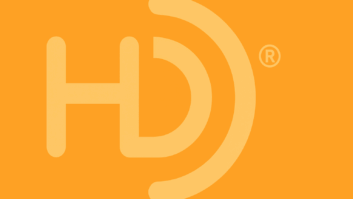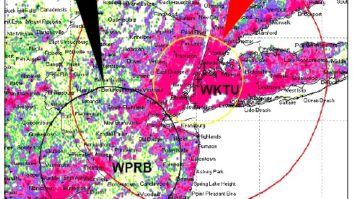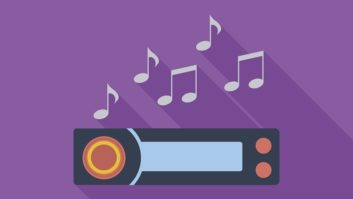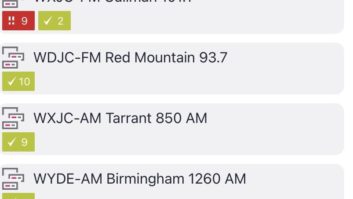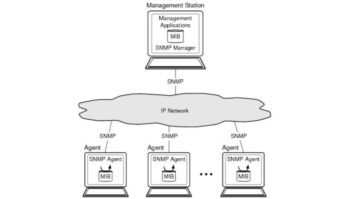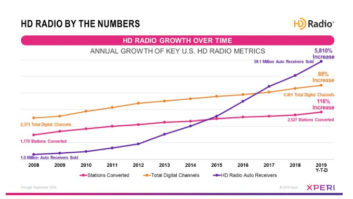The path to IBOC
Feb 1, 2003 12:00 PM, Chriss Scherer, editor
Now that CES is over and IBOC has made its splash as HD Radio, manynew questions are being raised just as broadcasters begin to understandthe answers to the existing questions.
I’ll skip ahead and bypass the elements of creating the digitalsignal in a hybrid transmission mode. Radio magazine has alreadycovered this in many ways, and we will continue to do so as newdevelopments arise. Now that stations are beginning to install IBOCsystems on their own, the focus changes from how to install it, to howto do what might come next.
Beyond the technical issues, several existing questions remain.Return on investment is the primary concern, which covers a broadscope. The simple formula weighs the costs of installation andoperation of an IBOC system with the eventual benefits. Ibiquity toutsthe improved audio performance, a greater immunity to transmissioninterference and the potential to transmit additional data services asa source of revenue. Let’s look at these points with an eye to thefuture.
One audio plus is that IBOC removes the audio pre-emphasis andde-emphasis in the transmission system, which improves high-frequencyclarity. IBOC also offers a wider audio frequency bandwidth thanexisting analog services.
The main audio drawback is that the system uses a data compressionalgorithm to cram the bits into a comparatively narrow pipe. It won’tbe linear audio. While the codec being used (Lucent’s Perceptual AudioCoder, or PAC) sounds good, it’s not perfect. This is not a fault ofthe algorithm, it is the design of all perceptual encoding methods. Oneadvantage is that consumers are growing accustomed to data-reducedaudio sources.
Depending on your preference, the severe data reduction carries anextra benefit or added nuisance. Heavy data reduction does not workwell with high levels of audio compression. Stations that heavilyprocess may need to rethink their processing approach. I have lookedinto this as part of my pre-NAB planning and have found that Harris hasbeen working on this behind closed doors and will discuss these plansat NAB2003.
In addition to the new approach to processing, there will be no morepushing the modulation limit. The digital limit has no red zone.Full-level digital is full level and no more.
At some point we will see the IBOC equivalent to the modulationmonitor. For now, the stations that are on the air follow the �ifyou can hear it, the levels are OK� approach. In IBOC, carrierdeviation will not buy loudness, but stations will need a way tomonitor occupied spectrum, bit-error rates and encoder accuracy. Thesystem has limitations, but we will want to get the most from what wehave.
What about the data? This is an area of development in its infancy.While FM has been able to transmit data with RBDS, this never reallycaught on in the United States for several reasons. It was a solutionlooking for a problem that never really worked well with the broadcastmodel in North America at the time it was introduced.
Now we have a data pipe and a software-driven transmission method.As features are added, stations can load updated operating systems,audio encoding algorithms and data standards as they are developed. Thedifficulty in making these changes to an existing consumer receiverbase ensures that the advances must be backward compatible.
The IBOC rollout will take some time. Because it is not mandatoryfor stations to make the conversion, those who oppose the system canchoose not to implement it. For now it supports only one audio streamand limited data. There are no formal plans to do more, but thiscontinues to be a work in progress. As acceptance grows, transmittermanufacturers and data-capacity developers will work with Ibiquity tocontinue the evolution.
We’re currently watching the rollout of IBOC 1.0. As the technologyevolves, later upgrades may quell the current shortcomings, real orimagined. It’s possible that a future technology will take us onanother course as well. For now, watch the stations that are making themove. Learn from their experiences and continue fine-tuning your ownplan for the future.
Send comments to: E-mail:[email protected]
Fax:913-967-1905
